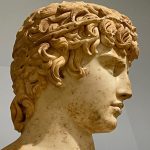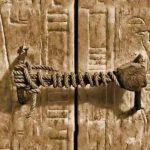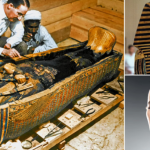Assyrian Horse Blinker: Relief Carving of a Seated Sphinx, 8th Century B.C.
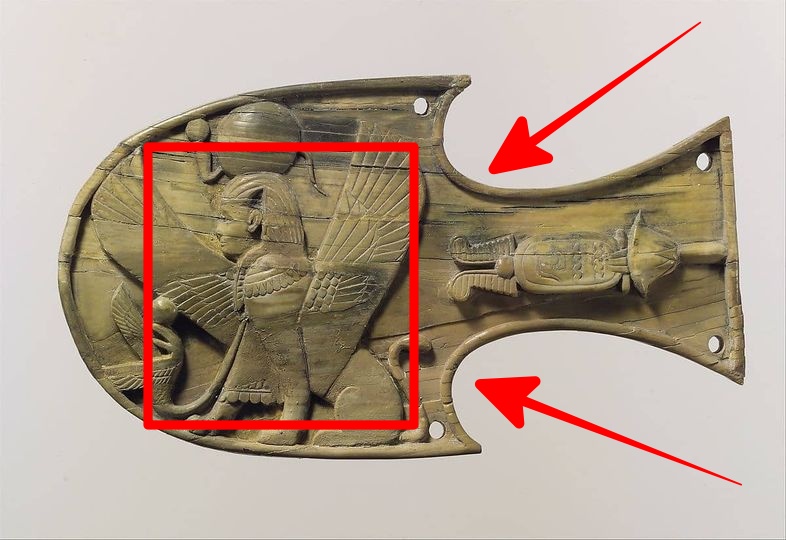
In the rich tapestry of ancient art, one can discern the intricate interplay of cultures, each leaving its indelible mark on the artistic expressions of its time. Among the many treasures unearthed from the annals of history, the Assyrian horse blinker, adorned with a relief carving of a seated sphinx, stands as a testament to the dynamic exchange of artistic influences that characterized the ancient world.
Dating back to the 8th century B.C., during the height of the Assyrian Empire, this exquisite artifact offers a captivating glimpse into the sophistication and elegance of equestrian culture in the ancient Near East. Crafted with meticulous attention to detail, the horse blinker serves both a functional and ornamental purpose, its intricate relief carving adding a touch of grandeur to its utilitarian design.
At the heart of the blinker lies a relief carving of a seated sphinx—a mythical creature with the body of a lion and the head of a human. Symbolizing strength, wisdom, and guardianship, the sphinx holds a prominent place in the iconography of ancient Egypt, where it was often depicted as a guardian deity protecting sacred spaces and royal tombs. However, in this Assyrian context, the sphinx takes on a new significance, serving as a symbol of power and authority associated with the Assyrian kingship.
What makes the Assyrian horse blinker particularly intriguing is its stylistic resemblance to the art of ancient Egypt. While crafted by Phoenician artisans, the blinker reflects a strong influence from Egyptian artistic conventions, suggesting a cross-cultural exchange of ideas and techniques between the two civilizations. This is perhaps most evident in the portrayal of the seated sphinx, which bears a striking resemblance to the sphinxes found in Egyptian temple reliefs and funerary art.
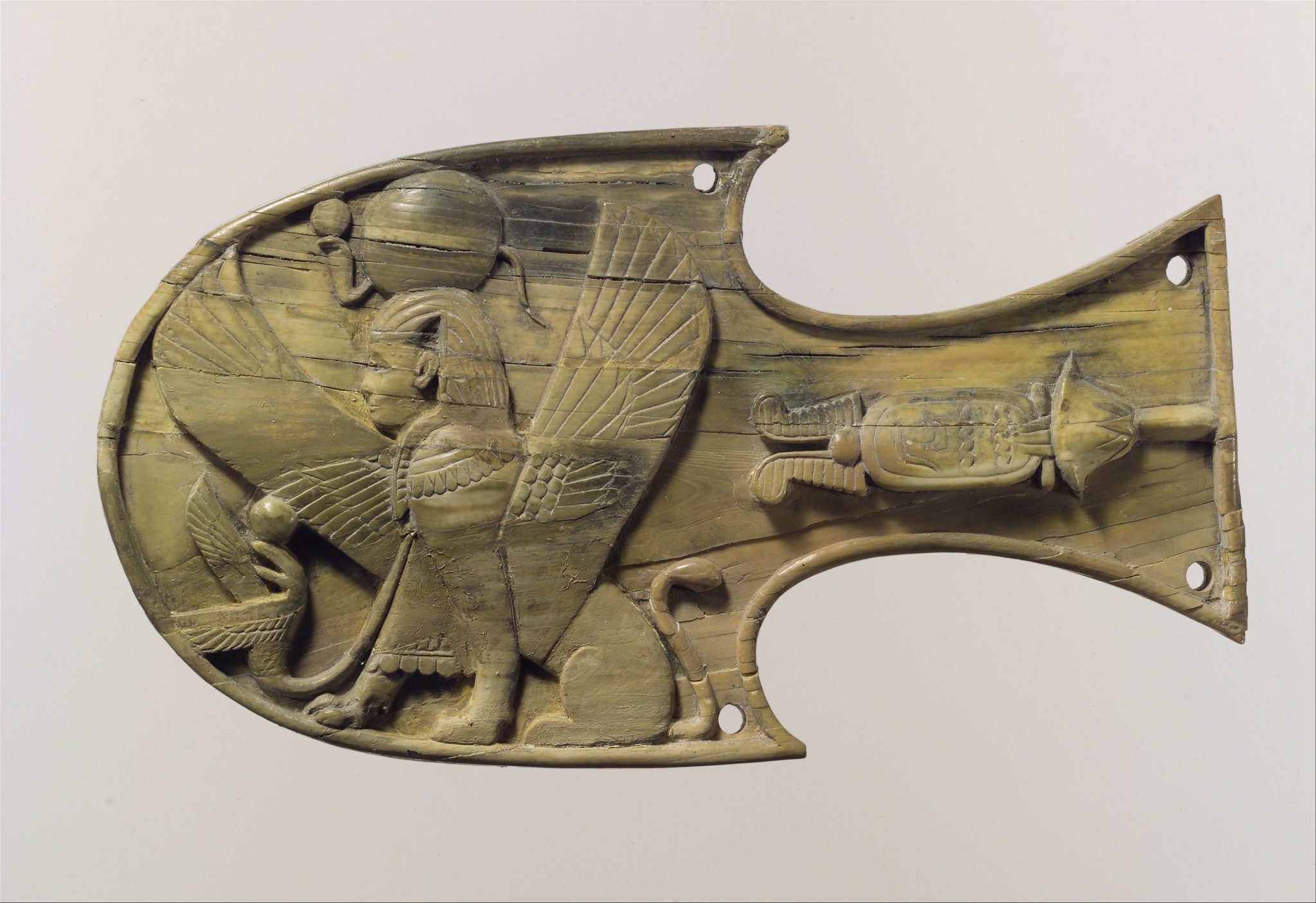
The influence of Egyptian art on Phoenician ivory carvings can be attributed to the close trade and cultural ties between the two regions during the first millennium B.C. Phoenicia, situated along the eastern Mediterranean coast, served as a vital nexus for trade between the Near East and Egypt, facilitating the exchange of goods, ideas, and artistic styles. As a result, Phoenician artisans were exposed to the rich artistic traditions of Egypt, which they skillfully incorporated into their own work, as evidenced by the exquisite craftsmanship of the Assyrian horse blinker.
Beyond its artistic significance, the Assyrian horse blinker offers valuable insights into the cultural and political dynamics of the ancient Near East. As a symbol of equestrian culture, it speaks to the importance of horses in Assyrian society, both as symbols of royal power and as essential tools of warfare and transportation. Moreover, its stylistic connection to Egyptian art underscores the interconnectedness of ancient civilizations, highlighting the complex web of cultural exchanges that shaped the world of antiquity.
As we marvel at the beauty and craftsmanship of the Assyrian horse blinker, we are reminded of the enduring legacy of artistic innovation and cultural exchange in the ancient world. Through the lens of this exquisite artifact, we gain a deeper appreciation for the rich tapestry of human creativity and the timeless allure of cross-cultural encounters. In the end, the Assyrian horse blinker stands as a testament to the enduring power of art to transcend boundaries and unite humanity in a shared appreciation for beauty and craftsmanship.




